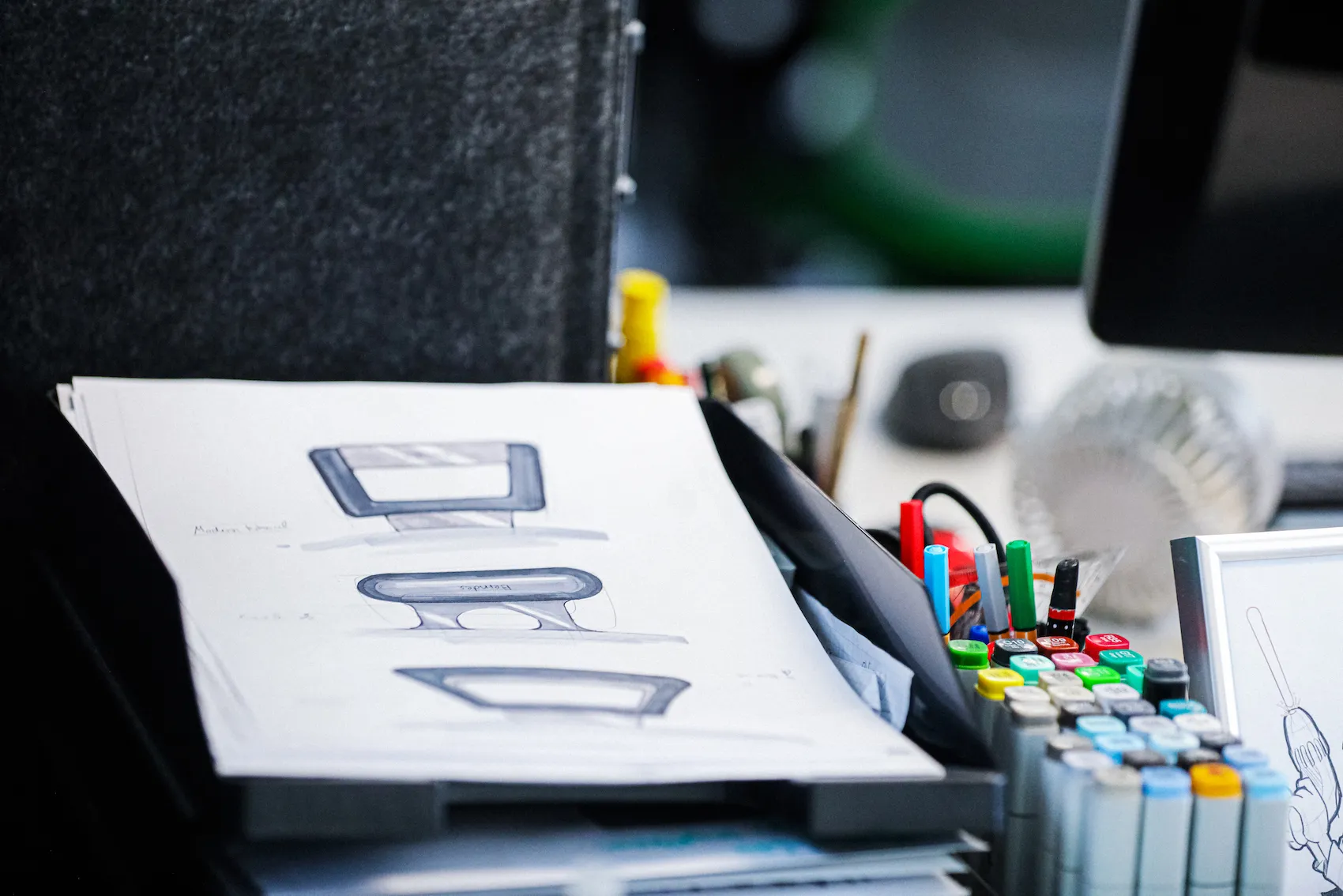Expertise
6 key factors for building excellent customer relationships

Sometimes you get a mirror held up to you from a direction you didn't expect. After almost 10 years of successful work, our young Shanghai team has written this little manual to familiarize the many junior designers with professional manners. Voilá:
The infamous conflict between designers and clients is much older than you might think and goes far beyond the era of Photoshop and Illustrator. Even the most famous artists of the Renaissance had more in common with today's professional designers than with the free-spirited hippie artists. In the past, artists were given specific commissions such as portraits, sculptures, busts and all the things you can admire in the Louvre or on a walk through Italy. For all these works, they received exactly the money they agreed with their clients. It is said that Leonardo da Vinci himself had a brochure listing thirty-six specific services he could provide for his clients. And while no one disputes Michelangelo's talent today, his skills were not so obvious at the time to Pope Julius II, who was never satisfied with his tomb design, which the artist worked on for 40 years. Their difficult collaboration was even illustrated by Monty Python in one of their sketches, which you can watch here.
You can be the most versatile designer on the market, but if you don't manage to build a successful and good relationship with your client, you will most likely only do "one-off" projects, which is ultimately not the right way to do business.
As a design team, we have had both good and bad experiences with various design projects. Some have put a big smile on our faces, while others have left us with our hands in our laps. There are many factors that come into play when dealing with clients. Here are 6 key factors that will definitely earn you good karma when trying to build good relationships with your clients.
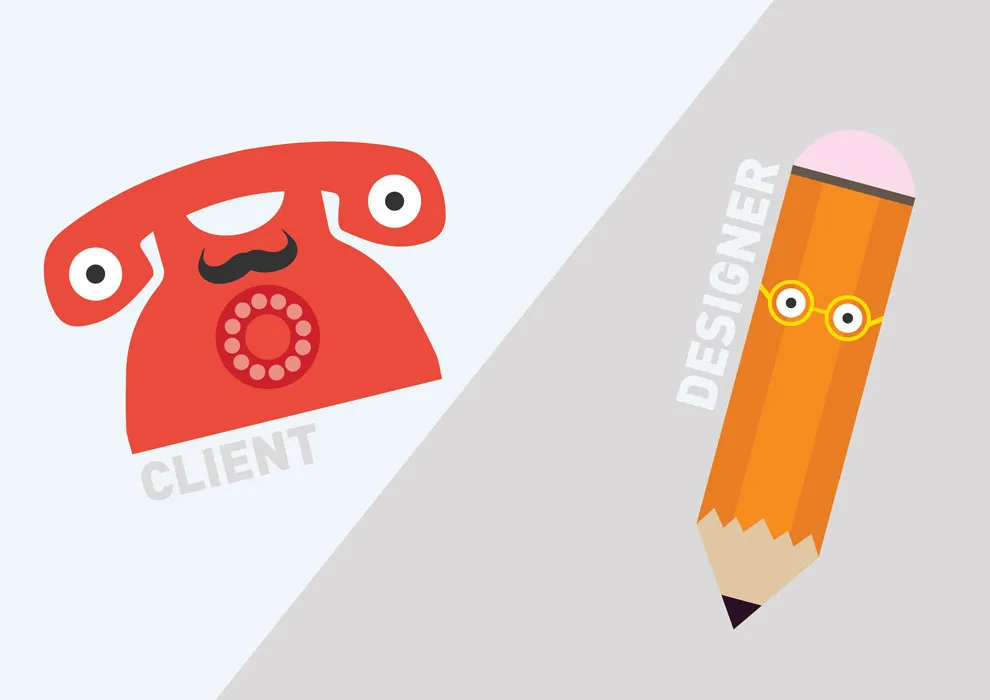
Communicate clearly and concisely
Sounds simple, doesn't it? Well, that's where it often fails. One of the most important factors for effective and positive collaboration is clear communication. Avoid jargon at all costs and explain your ideas in the simplest way possible. Sound professional, but try not to intimidate your client and make sure you fully understand each other. Most people find dealing with designers stressful enough, so be approachable, open and attentive. Listen carefully to your client's needs and respond to their wishes.
A common misconception is the belief that certain design tasks are a piece of cake - "it's easy, just one more change, can you make the logo bigger?" Do your best to explain the relationship between quality, time and cost.
Once you have agreed on the requirements with your client, you will most likely hold several meetings to review progress. Make the most of all the communication methods out there: Phone calls, emails, Skype or even apps like WhatsApp or WeChat here in China. With new technologies and the rapid development of the internet, communication is no longer limited to words. When doubts or misunderstandings arise, you can immediately send a sketch, some inspiring pictures for reference or a screenshot of the work done to explain what is difficult to say with words.
During my time at WILDDESIGN, I often found myself switching from emails to phone calls and then to WeChat. In a high-speed city like Shanghai, it is sometimes more convenient to chat to clear up small doubts, especially when you are pressed for time. Customers are often stuck in traffic, taking the train or have another appointment, so chatting is more convenient - and much appreciated - to clear up quick but dangerous queries. But leave no room for guesswork until all questions are answered. You'll thank yourself for it later.
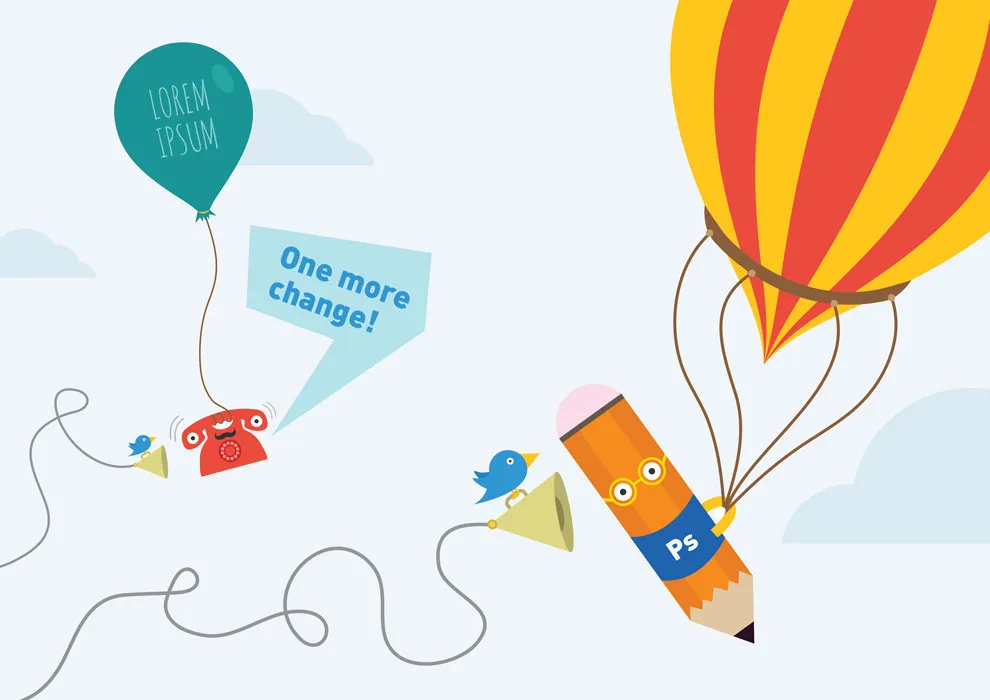
Be reachable
Make yourself available. You are there so that the customer has one less problem to worry about. Show your commitment by being available when your customer needs you. Some customers are more demanding and time-consuming than others, but it's their right to ask questions and get answers.
Often I'm busy with other tasks or may not have an answer to the question, but replying to the message and letting them know I'll get back to them later has strengthened the relationship between the two of you considerably. Show your customer that you care about them, be there for them, just as you would with friends or family.
Be yourself, be honest!
Those who are confident in themselves have the best chance of success in business, but please note that your ego is not bigger than your talent. Ensure a transparent connection between you and the client, where honesty is readily apparent in every project.
I often found myself in situations where the customer asked for something within an unattainable deadline, so it was my duty to be honest and propose a solution that met the customer's needs and fulfilled their expectations. Learn to say "yes" or "no" according to your abilities and avoid falling into "maybe" at all costs. The smallest lie - even what we call a "white lie" - can serve as a trigger to destroy the trust between the two of you.
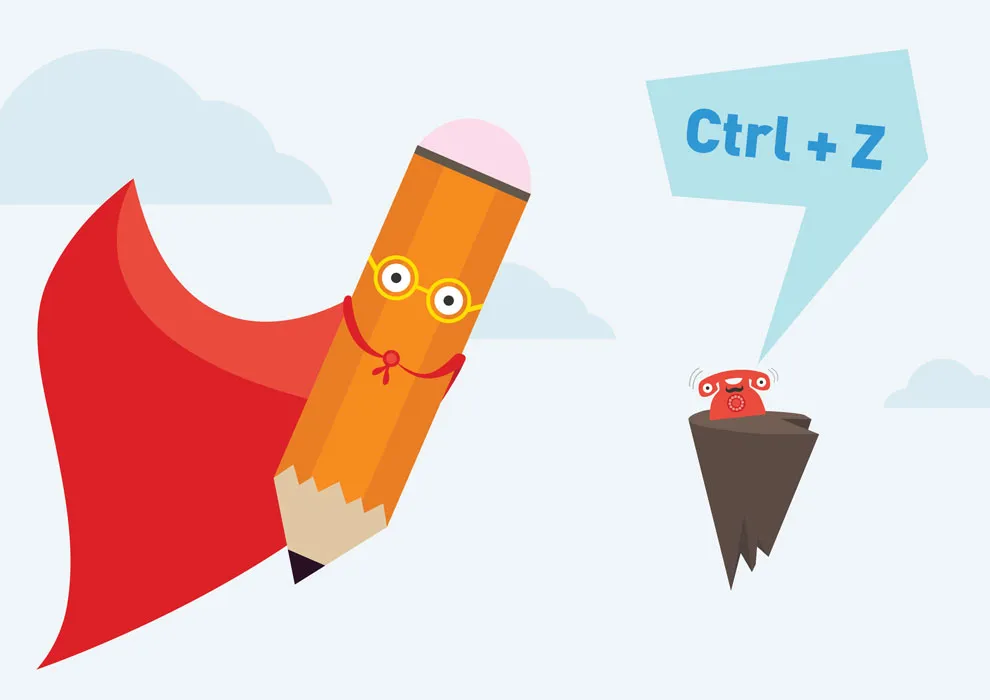
Keep appointments
In the design industry, we are constantly bombarded with tight deadlines. Cities like Shanghai are becoming design centers in Asia, which increases competition and the demands of companies. Don't make promises you can't keep and don't compromise quality at the expense of time. Time should go hand in hand with quality. Offer deadlines that you know are within your capabilities to deliver what is expected.
I've learned over the years that it's better to build in some buffer than to set short deadlines, and that the client is happy if they receive the work before the expected deadline. Don't be afraid to confront your client, which brings us back to yourself and honesty, and help them to see the boundaries clearly. Propose a solution to deliver the desired quality within a realistic deadline.
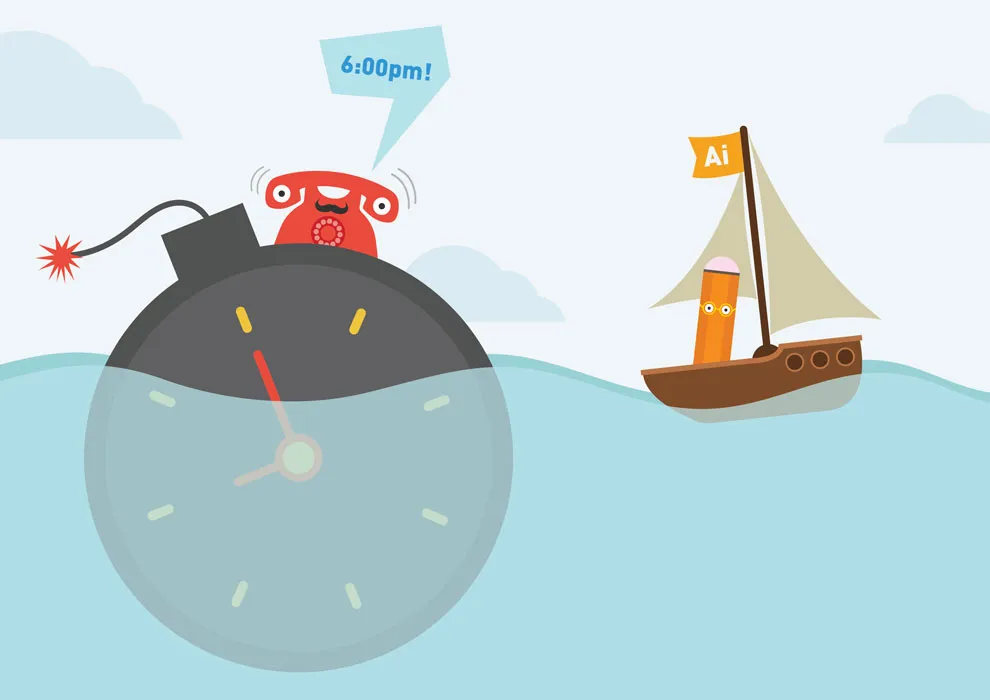
Learning and teaching
Learn who your customer is, listen to their needs and help them solve more than just the specific task you were hired for. Usually, customers approach you for a specific product or service without knowing what other services you offer.
Openly share your ideas or knowledge that you know could improve the relationship between the two of you. By getting to know your client better, you can inform them of other business opportunities or solutions, ensuring a stronger and longer working relationship. Here at WILDDESIGN, we have created a practical guide of 24 design factors to help our clients understand the scope of the project holistically and monitor its progress.
By providing accurate and professional services combined with honest explanations, your clients will learn more about the design process and its challenges (time, cost, etc.). This will make any future collaboration easier and more enjoyable because misunderstandings are eliminated.
Easier said than done, but still possible. Here at WILDDESIGN, we value our client relationships and try to make doing what we love - design - a carefree task. The above (non-exhaustive, of course) catalog of tips from professional to professional is not a mere to-do checklist - it's the way we treat all of our clients and a fundamental part of the WILDDESIGN culture.
Frequently asked questions



